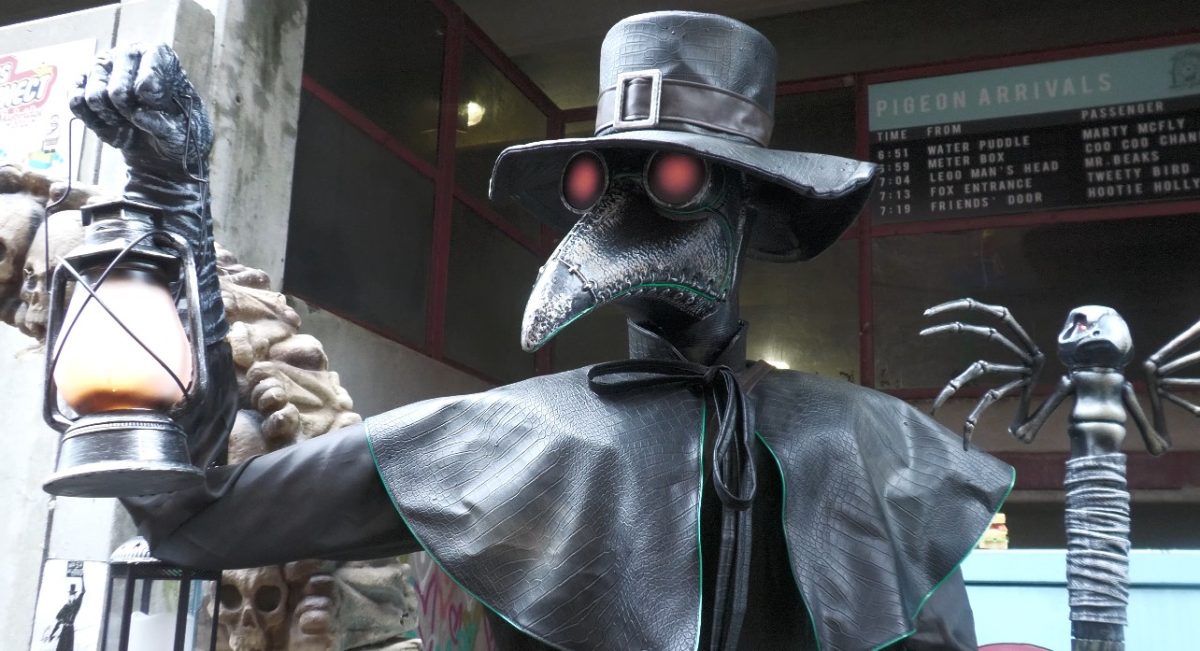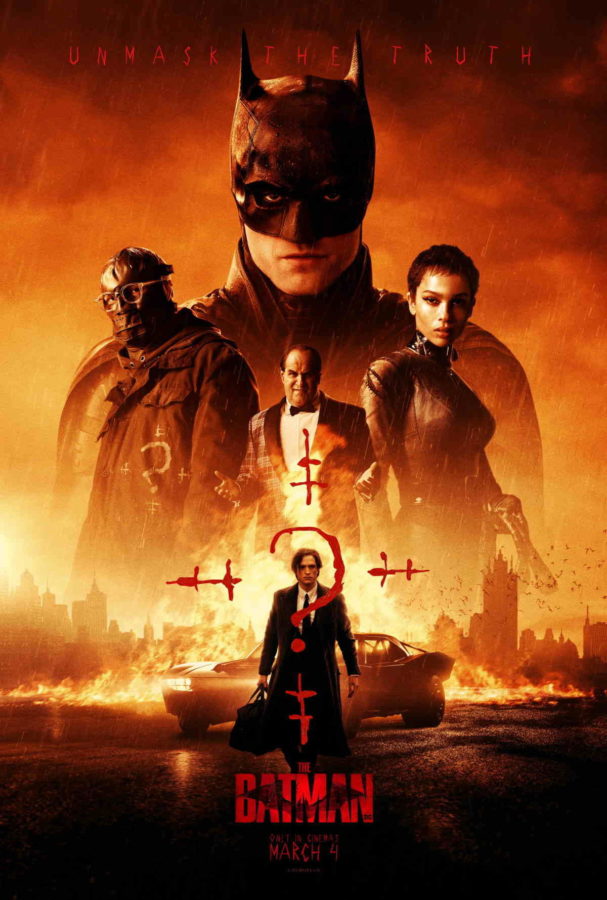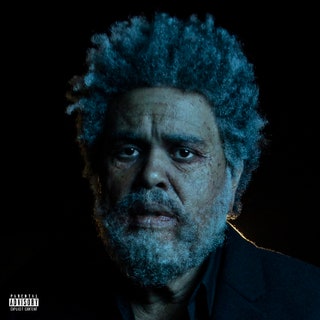
While “Carrie,” the new remake of Brian de Palma’s 1976 movie based on a Stephen King novel, is an entertaining film, it’s not what you want to watch if you’re in the mood for a horror movie.
If you have no idea what “Carrie” is about, or if you do not want any spoilers, then I suggest you read a different article.
The film was thoroughly enjoyable, but not horrific. Kimberly Peirce, best-known for directing “Boys Don’t Cry,” helmed this remake, which features Chloë Grace Moretz as the socially-awkward and victimized Carrie White. Peirce did a grand job, but in modernizing this tale of the bullied becoming the bully, Carrie seemed less, well, Carrie.
I don’t blame Moretz, though. She did a superb job handling a difficult role. But for the sake of this argument, let us only consider the prom scene.
Both the 1976 and 2013 versions are pretty similar, but with one exception: Sissy Spacek, the original Carrie, looked a lot more demonic and evil in de Palma’s version. Sure, the special effects weren’t so great, there were only a few electrocutions and the majority of the deaths were a result of characters being trapped in a burning building.
But Spacek’s character, with her wide eyes and sharp head movements, really freaked the audience out. Creepiest of all, she slowly and calmly walked through the mayhem, and with her telekinetic powers, sealed the doors so that everyone inside would die.
Moretz’s Carrie, on the other hand, displays a mixture of rage and awe, which isn’t a bad thing since it shows how much Carrie is out of control. But she doesn’t look quite as angry as Spacek’s version. Instead of walking, she uses her powers to float out of the school.
There was a lot more carnage in Peirce’s remake, but Spacek as Carrie made it look like all hell had broken loose.
Other than that, Peirce did an excellent job. Remakes are tricky, since audiences don’t want to deviate from the classic, yet they don’t want mindless regurgitation and imitation. Peirce found a happy medium between deviation and imitation, staying true to not only the formula, but to modern technology and King’s 1974 novel.
In terms of plot, everything was the same as de Palma’s. It was the little things that were changed. Instead of Miss Collins, the name of the kind-hearted teacher is Miss Desjardin, as King intended it.
Desjardin also survives the prom, unlike Miss Collins in the original film. The girls’ locker room scene was the same as de Palma’s – throwing tampons and sanitary napkins at Carrie, chanting “Plug it up!” – except the main bully, Chris Hargensen, uses her smartphone to take a video of the incident, and then posts that video online.
These and other changes kept it relatable to modern audiences and also stayed a little truer to King’s novel than de Palma’s version. For that, I respect Peirce, the writers and their final product.
If you want to be frightened, “Carrie” is not the movie for you. But if you want to see the dramatic, almost-Shakespearean tale of an estranged girl’s tragic rampage, then I highly recommend it.





























